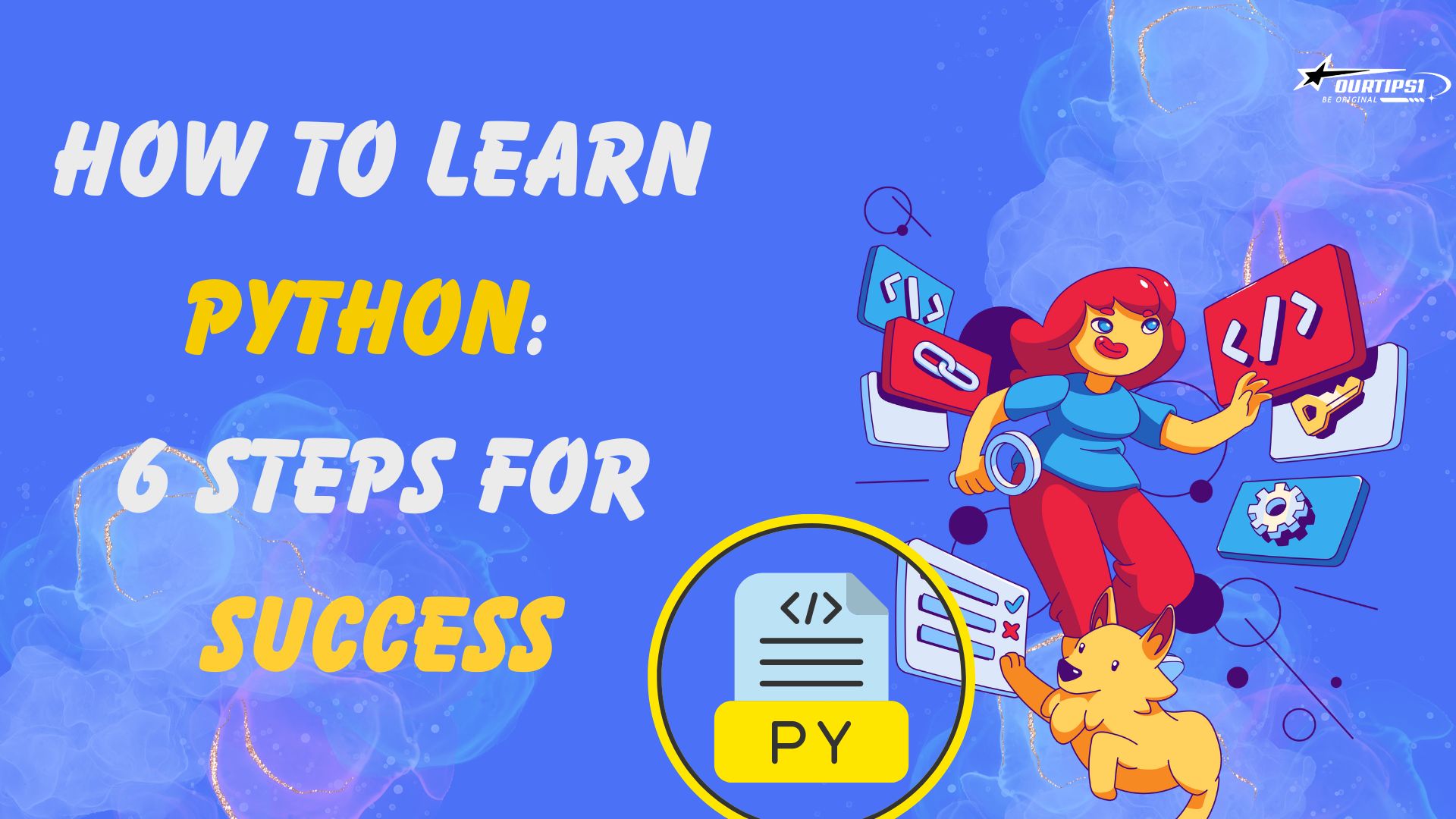1. Understand Why You’re Learning Python
Firstly, it’s important to figure out your motivations for wanting to learn Python. It’s a versatile language with all kinds of applications. So, understanding why you want to learn Python will help you develop a tailored learning plan.
Whether you're interested in automating tasks, analyzing data, or developing software, having a clear goal in mind will keep you motivated and focused on your learning journey. Some questions to ask yourself might include:
- What are my career goals? Are you aiming for a career in data science, web development, software engineering, or another field where Python is commonly used?
- What problems am I trying to solve? Are you looking to automate tasks, analyze data, build a website, or create a machine learning model? Python can be used for all these tasks and more.
- What interests me? Are you interested in working with data or building applications? Or perhaps you're intrigued by artificial intelligence? Your interests can guide your learning journey.
- What is my current skill level? If you're a beginner, Python's simplicity and readability make it a great first language. If you're an experienced programmer, you might be interested in Python because of its powerful libraries and frameworks.
The answers to these questions will determine how to structure your learning path, which is especially important for the following steps.
2. Get Started with the Python Basics
Understanding Python Basics
- Python emphasizes code readability and allows you to express concepts in fewer lines of code. You’ll want to start by understanding basic concepts such as variables, data types, and operators.
- Installing Python and setting up your environment To start coding in Python, you need to install Python and set up your development environment. You can download Python from the official website or use Anaconda Python.
- Write your first Python program Start by writing a simple Python program, such as a classic "Hello, World!" script. This process will help you understand the syntax and structure of Python code.
- Python data structures Python offers several built-in data structures like lists, tuples, sets, and dictionaries. These data structures are used to store and manipulate data in your programs.
- Control flow in Python Control flow statements, like if-statements, for-loops, and while-loops, allow your program to make decisions and repeat actions.
- Functions in Python Functions in Python are blocks of reusable code that perform a specific task. You can define your own functions and use built-in Python functions.
3. Master Intermediate Python Concepts
- Error handling and exceptions Python provides tools for handling errors and exceptions in your code. Understanding how to use try/except blocks and raise exceptions is crucial for writing robust Python programs. This will help you troubleshoot your code.
- Working with libraries in Python Python's power comes from its vast ecosystem of libraries. Learn how to import and use common libraries like NumPy for numerical computing, pandas for data manipulation, and matplotlib for data visualization.
- Object-oriented programming in Python Python supports object-oriented programming (OOP), a paradigm that allows you to structure your code around objects and classes. Understanding OOP concepts like classes, objects, inheritance, and polymorphism can help you write more organized and efficient code.
4. Learn by Doing
One of the most effective ways to learn Python is by actively using it. Minimize the amount of time you spend on learning syntax and work on projects as soon as possible. This learn-by-doing approach involves applying the concepts you've learned through your studies to real-world projects and exercises.
- Take on projects that challenge you Work on projects that interest you. This could be anything from a simple script to automate a task, a data analysis project, or even a web application.
- Attend webinars and code-alongs You’ll find plenty of online events where you can code along with the instructor. This method can be a great way to learn new concepts and see how they're applied in real-time.
- Apply what you've learned to your own ideas and projects Try to recreate existing projects or tools that you find useful. This can be a great learning experience as it forces you to figure out how something works and how you can implement it yourself.
5. Build a Portfolio of Projects
As you complete projects, compile them into a portfolio. This portfolio should reflect your skills and interests and be tailored to the career or industry you're interested in. Try to make your projects original and showcase your problem-solving skills.
- Beginners Simple projects like a number guessing game, a to-do list application, or a basic data analysis using a dataset of your interest.
- Intermediate More complex projects like a web scraper, a blog website using Django, or a machine learning model using Scikit-learn.
- Advanced Large-scale projects like a full-stack web application, a complex data analysis project, or a deep learning model using TensorFlow or PyTorch.
6. Keep Challenging Yourself
Never stop learning. Once you've mastered the basics, look for more challenging tasks and projects. Specialize in areas that are relevant to your career goals or personal interests. Whether it's data science, web development, or machine learning, there's always more to learn in the world of Python. Remember, the journey of learning Python is a marathon, not a sprint. Keep practicing, stay curious, and don't be afraid to make mistakes.
